As Sukkot approached, UCLA Rabbi Chaim Seidler-Feller was reluctant to take Hillel’s old canvas-and-metal sukkah out of storage.
“I felt we were in a new building,” he said of the $10 million Yitzhak Rabin Hillel Center for Jewish life on Hilgard Avenue. “We should go beyond prefabricated sukkot and create something special.”
So he picked up the telephone and called artist Tobi Kahn, renowned for his transcendent abstract landscapes and, in some circles, for his Jewish ceremonial objects. A week earlier, the rabbi had met the painter-sculptor in the meditative space Kahn had designed for New York’s HealthCare chaplaincy.
“I was struck by the combination of artistic and religious feeling,” said Seidler-Feller, who also knew Kahn had built dozens of sukkahs around New York. Would the artist be willing to help UCLA students create a sukkah?
Kahn, 51, immediately warmed to the idea. The proposed project jibed with a national arts and education program he co-founded that uses his Judaica show, “AVODA: Objects of the Spirit,” as a springboard to help young adults develop a sense of cultural identity. Since 2000, Kahn has traveled the country with the exhibit, conducting workshops in which participants create their own ceremonial objects. But while he was excited about adding a Sukkot project to the mix, he had some conditions.
“I wanted the sukkah to be used daily by people from as many backgrounds as possible, because one of the most beautiful things about the holiday is that it’s very much about inclusiveness,” Khan said.
He also wanted to work with art students, although he didn’t intend to dictate to the undergraduates. Rather, he hoped to serve as a technical adviser, providing the blueprint of a sound structure but allowing participants to make their own creative decisions.
“I believe that the more beautiful you make something, the more power it has for you,” he said. “I wanted the students to make the sukkah their own.”
On a recent hot Monday afternoon, Kahn sat on the Jerusalem stone foyer at Hillel, poring over the blueprint with five art students, Jewish and non-Jewish. Amid the whine of power tools, he pointed out the structure’s halachic dimensions as participants heaved huge plywood panels upright, sawed two-by-fours and drilled nails into beams.
He listened like a proud parent as they made aesthetic choices, cutting slits in the walls to compliment the long, slender windows of the Hillel building. He was enthusiastic when they voted to cover the walls with a rough, off-white cotton fabric that “gave the structure an unrefined but still elegant look,” said Mimi Lauter, Hillel director of art.
Lauter, 21, who chose the participants from among fellow art majors, said the plan included hanging light bulbs alongside fabric pomegranates to “create the illusion of illuminated fruits.”
For the observantly Jewish Kahn, the bustling activity brought back memories of Sukkots past. He especially recalled helping to build his family’s sukkah while growing up the son and grandson of German Holocaust refugees in Washington Heights, N.Y.
“The walls were covered with crushed velvet of a deep crimson,” he said with relish. “My grandmother would make little rods and sew white lace curtains, and there was a lovely light fixture with tiny little crystals.” Artwork related to the holiday adorned the walls.
Kahn went on to create his own sukkot yearly as he studied Talmud in Jerusalem, earned a master of fine arts degree from the Pratt Institute and burst onto the national scene in the Guggenheim Museum’s 1985 group exhibit, “New Horizons in American Art.”
Along the way, he built the 400-seat sukkah for Manhattan’s Lincoln Square Synagogue and privately created ritual objects for his family, including spice boxes and a circumcision chair for his son. But it was only after his solo exhibition, “Metamorphoses,” was included in Art In America magazine’s 1999 list of best shows that he felt more comfortable about exhibiting his Judaica without being labeled a “Jewish artist.”
“I came to feel that if a ritual object works as art, you should put it out in the world as art,” he said. “I feel that modern art and ancient ritual can enhance each other. I see all my work as a prayer.”
At UCLA, the sukkah project had different meanings for the diverse student participants, Kahn and Lauter said. For non-Jewish sculptor Ryan Lieu, 19, the halachic requirements of the structure made sense as a harvest dwelling. For Michael Bauer, 21, previously uninvolved with Hillel, the project helped tie him in to UCLA’s Jewish community.
“It’s helping to further the goals of our art program, which aims to bring unaffiliated art students into Hillel and to introduce Hillel students to a broader culture,” Lauter said.
Seidler-Feller, for his part, hopes the sukkah will show that “Jewish life is not divorced from the artistic life. It shows that ritual is itself artistic and that beauty can enhance one’s spirituality.”
Sukkah programs will include a wine and cheese soiree for graduate students and young professionals on Oct. 13, 4:30-6:30 p.m.; Seidler-Feller’s weekly Pirkei Avot (Ethics of our Fathers) class on Oct. 14, 7:30-8:30 p.m.; a party to create baby quilts for those in need on Oct. 15, 6-8 p.m.; an evening of arts in the sukkah on Oct. 16, including a conference call with Tobi Kahn; and a question-and-answer session on the holiday, moderated by non-Jewish students.
The sukkah will be open throughout the week for students and community members to bring their lunch or dinner. UCLA Hillel is located at 574 Hilgard Ave., Westwood. For information, call (310) 208-3081.






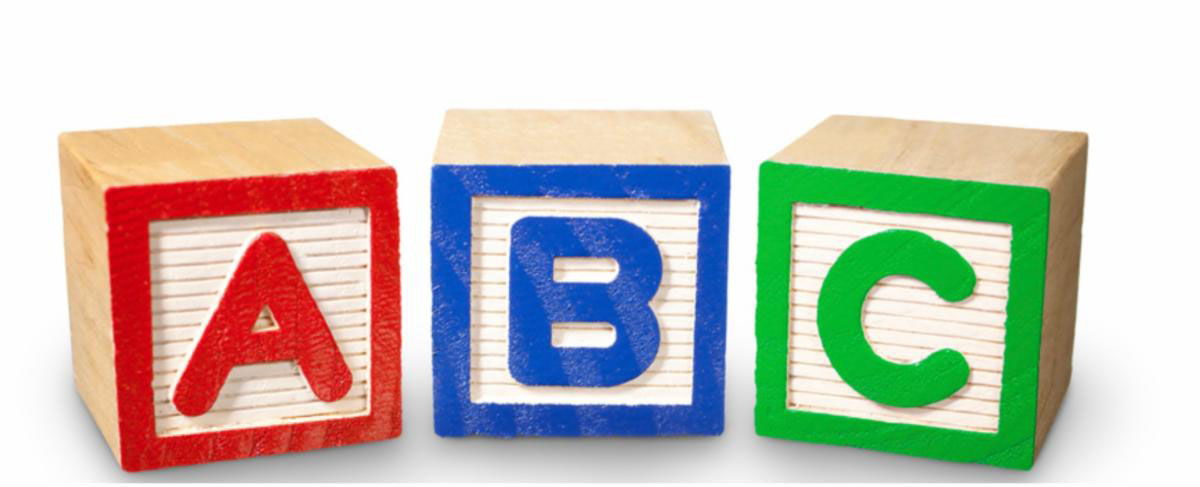
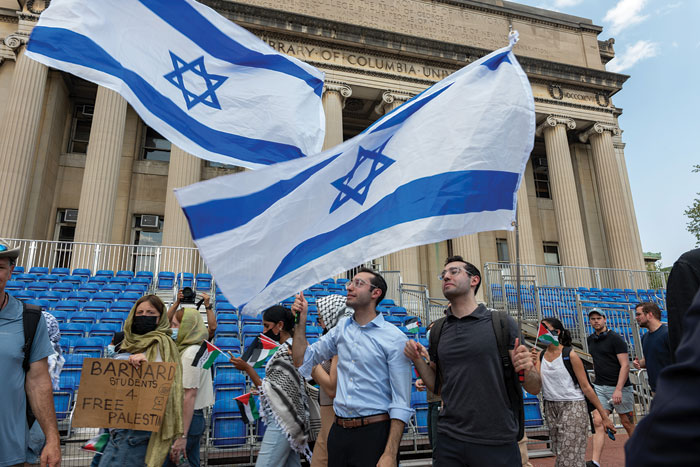

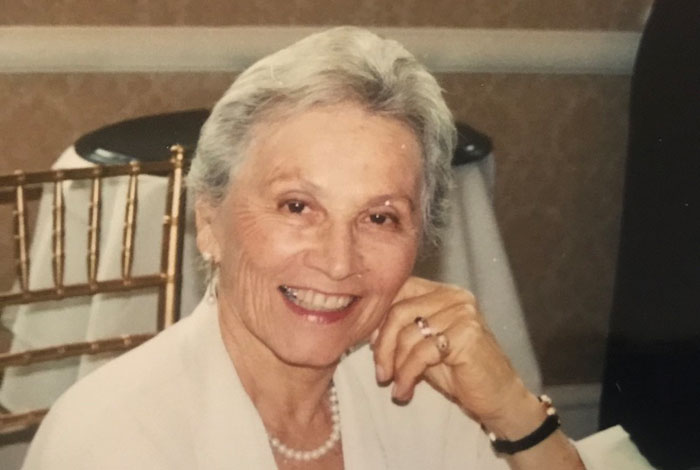
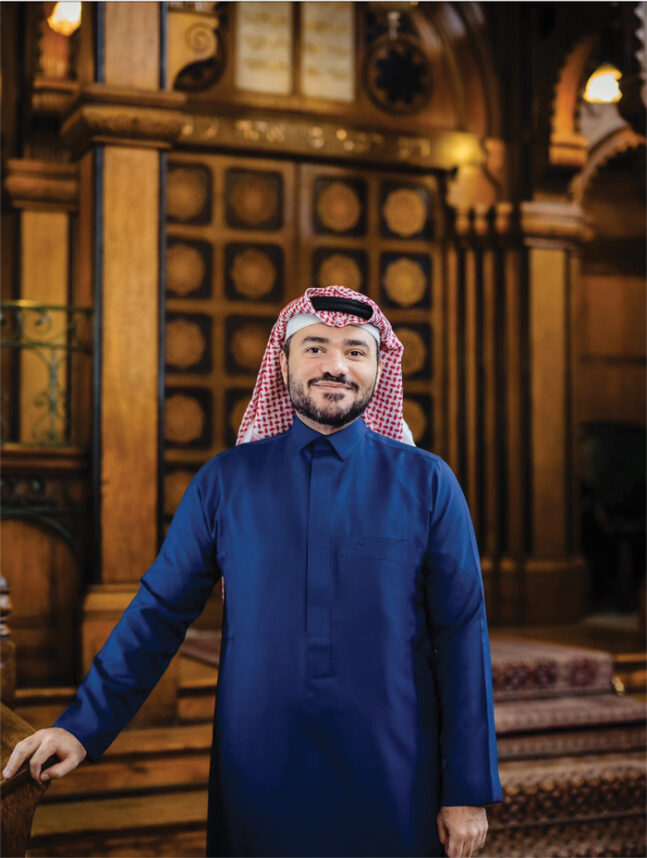
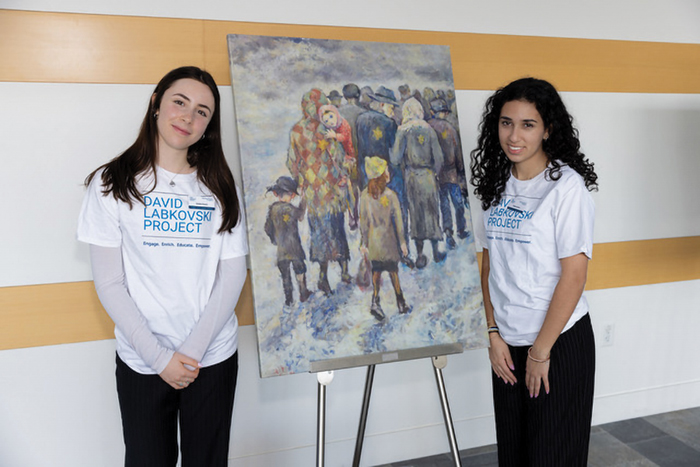
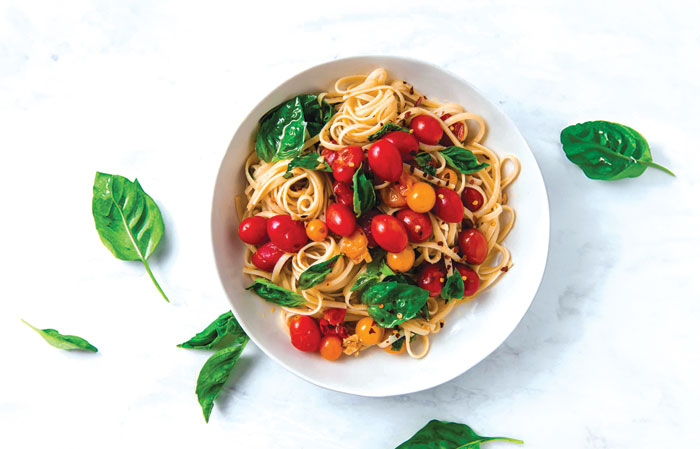


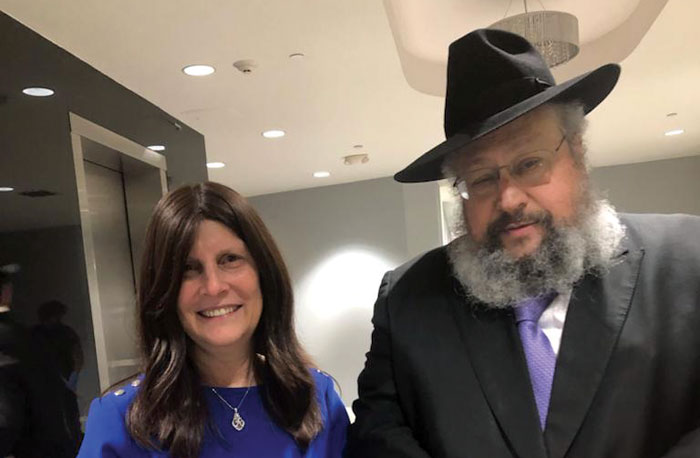
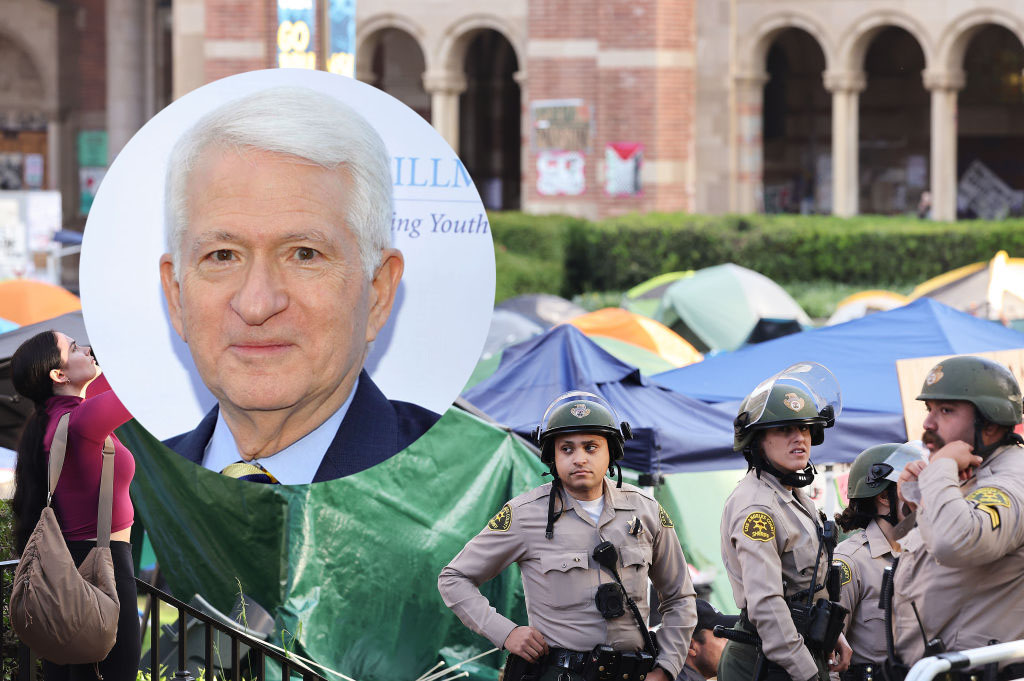





 More news and opinions than at a Shabbat dinner, right in your inbox.
More news and opinions than at a Shabbat dinner, right in your inbox.